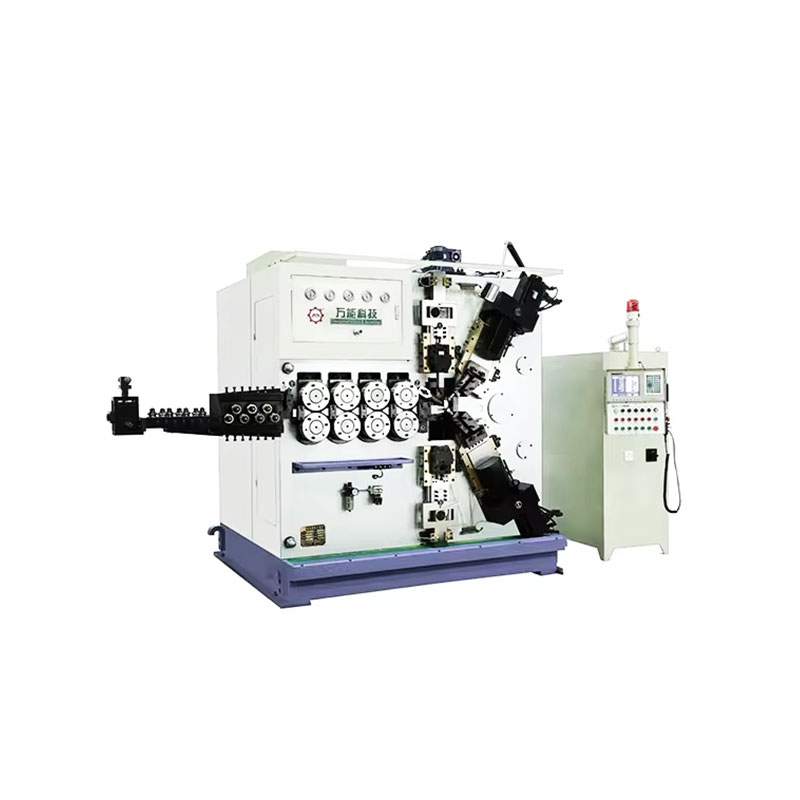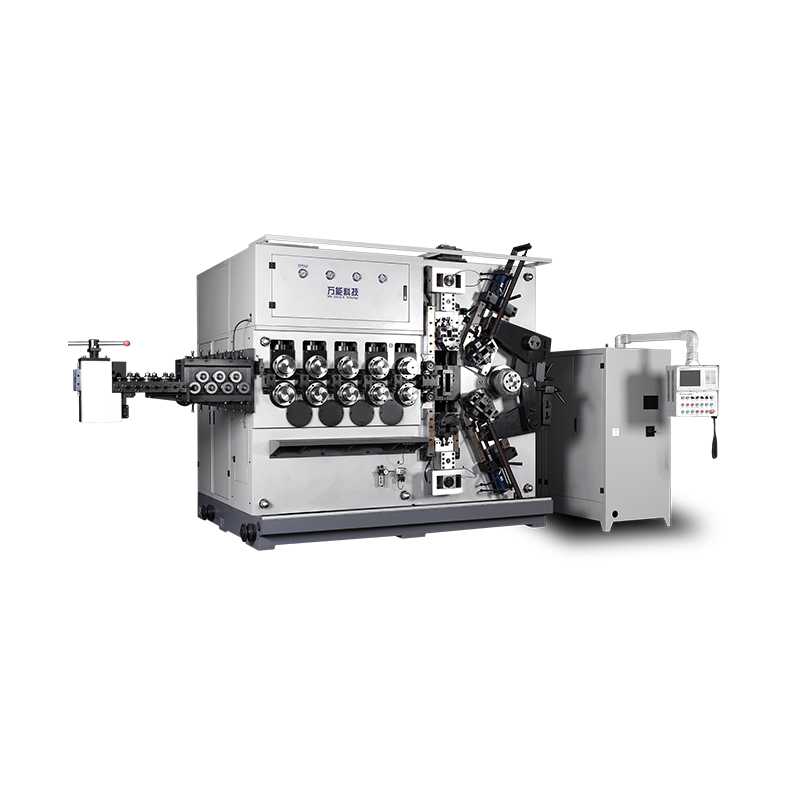According to the hardness and toughness of the spring material and the requirements of the grinding surface, select the appropriate grinding head and grinding wheel type. For example, for materials with higher hardness, you may need to choose a harder grinding wheel; for surfaces that require high precision, you should choose a grinding wheel with finer grain size. Check the wear of the grinding wheel regularly and replace the excessively worn grinding wheel in time to maintain a stable grinding effect.
Introduce high-precision pressure sensors to monitor the pressure changes during the grinding process in real time. Integrate the sensor with the CNC system and automatically adjust the grinding parameters (such as feed speed, grinding depth, etc.) through algorithms to keep the grinding pressure within the preset range. Equipped with a pressure feedback control system, it can respond quickly and take measures to correct it when abnormal pressure is detected.
Before starting grinding, accurately set parameters such as grinding speed, feed amount, and grinding depth according to the specifications and grinding requirements of the spring. During the grinding process, adjust these parameters in time according to the actual feedback of the grinding effect to achieve the best grinding effect. Provide professional training for operators to familiarize them with the operating procedures and grinding process of the grinder. Emphasize staying focused during the grinding process, pay attention to observing the grinding conditions and pressure changes, and adjust the grinding parameters in time.
Clean and lubricate the grinder regularly to ensure smooth operation of all parts and reduce wear and failure. Check the wear of the grinding head and grinding wheel, and replace severely worn parts in time to ensure the stability of the grinding quality. Calibrate the pressure sensor and control system regularly to ensure their accuracy and reliability. Record the calibration results so that problems can be quickly located and solved when they occur.
Keep the grinding environment clean and dry to reduce the impact of dust and moisture on grinding pressure and grinding quality. Clean the grinding area regularly to ensure that there is no accumulation of debris and dust. Control the temperature and humidity of the grinding environment to reduce the impact of thermal deformation and cold shrinkage on grinding accuracy. Use a thermometer and hygrometer to monitor environmental parameters and adjust them as needed.
Record the parameters and results of each grinding, including grinding pressure, grinding time, grinding quality, etc. Through data analysis, find out the key factors affecting the accuracy and stability of grinding pressure, and take measures to improve them. If conditions permit, a remote monitoring system can be introduced to monitor the operating status and grinding process of the grinder in real time. Through remote monitoring, potential faults can be discovered and diagnosed in time, reducing downtime and maintenance costs.

TK-13200、 TK-7230 TK-13200、 TK-7230 12AXES CNC SPRING COILING MACHINE...
See Details
TK-13200、 TK-7230 TK-13200、 TK-7230 12AXES CNC SPRING COILING MACHINE...
See Details
TK12120 TK-12120 12AXES CNC SPRING COILING MACHINE...
See Details
TK-6160 TK-6160 CNC SPRING ROLLING MACHINE...
See Details
TK-6120 TK-6120 CNC SPRING ROLLING MACHINE...
See Details
TK-5200 TK-5200 5AXES CNC SPRING COILING MACHINE...
See Details
TK-5160 TK-5160 5AXES CNC SPRING COILING MACHINE...
See Details
TK-5120 TK-5120 5AXES CNC SPRING COILING MACHINE...
See Details